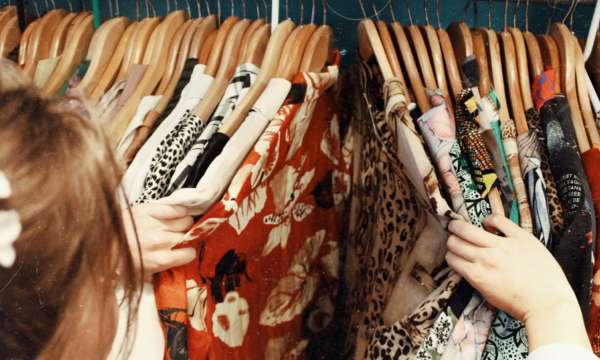Overview
The Need: Peer-2-peer sharing, resale markets, and other innovative business models which allow products to be used more extensively, are the lifeblood of the circular economy. However, they rely on an infrastructure of trust, that is not served by traditional insurance products.
The Solution: Omocom has developed an ‘on-demand’ microinsurance product which is only active while an item is being used, transported, accessed or similar, under a small time duration. Using transaction data they can prevent fraud and alleviate risk, making it safer to share.
What makes it particularly smart: Omocom’s insurance product can easily be integrated into existing digital sharing platforms. Insurance can be calculated on an individual transaction basis, or on an ‘all-in’ basis, where all transactions generated by the platform are automatically insured.
Benefits: Access-over-ownership business models increase the use of products and reduce the volume of new products needed to serve a population. This benefits the environment, as well as expanding choices to citizens and creating potential for new forms of revenue generation.










